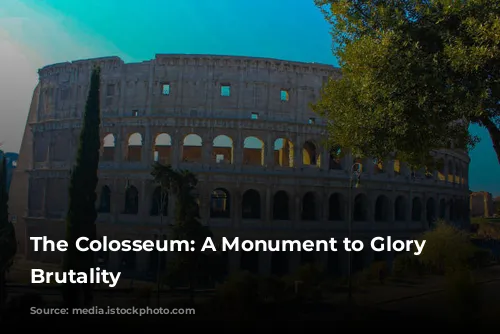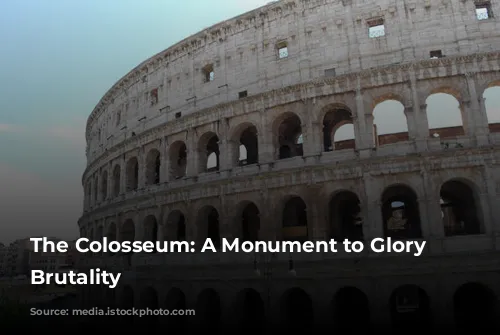The Colosseum, known to Romans as the Flavian Amphitheatre, stands as a majestic testament to the grandeur of the Roman Empire. This colossal structure, the largest amphitheatre ever built in the Roman world, was initiated by Emperor Vespasian of the Flavia family and inaugurated by his son Titus in 80 A.D. The sheer scale of the Colosseum is awe-inspiring, with its imposing walls and vast arena, and it remains one of the most iconic landmarks in Rome today.
A Celebration of Roman Might
The Colosseum’s grand opening was a spectacle of unparalleled extravagance, lasting a staggering one hundred days. The crowds were treated to a dazzling array of gladiatorial combat, animal hunts, and naumachiae – elaborate sea battles that recreated famous historical clashes. Imagine the thrill of witnessing real naval engagements within the arena, the water filling the space, transforming it into a temporary sea. These events were a testament to the Roman Empire’s power and its ability to stage lavish spectacles.
The Origin of the Colosseum’s Name
But why is the Colosseum known by this name? This moniker first appears in a prophecy by the Venerable Bede, a medieval monk, who declared, “Rome will exist as long as the Colosseum does; when the Colosseum falls, so will Rome; when Rome falls, so will the world.” The origin of the name might stem from the colossal statue of Emperor Nero, “the Colossus,” which once stood beside the amphitheatre. This massive statue, towering 35 meters high, has since disappeared, leaving only echoes of its grandeur.
A Masterpiece of Roman Engineering
The Colosseum is a marvel of Roman engineering, a testament to their mastery of the arch, a key element in their architectural vocabulary. Picture this impressive building, originally gleaming white, clad in travertine stone slabs. Its elliptical shape, designed to accommodate a vast audience, housed four floors, each with an impressive array of arches. The upper tiers were adorned with majestic statues, adding to the spectacle of this magnificent structure.
What’s even more remarkable is that this architectural feat was completed in less than ten years. The Romans’ understanding of the arch allowed them to distribute the weight of their constructions effectively and efficiently, a principle that can be seen in many other Roman structures, from aqueducts to triumphal arches.
A Symbol of Roman Power
The Colosseum we see today is merely a shadow of its former glory. The outer walls, once pristine, are now incomplete, bearing the scars of time. The Coliseum’s stones, marble, lead, and iron were plundered throughout history, used as building materials for other structures, including the Barberini Palace, Piazza Venezia, and even St. Peter’s Basilica.
Even the holes in the remaining columns tell a story, revealing the extraction of lead and iron used in the construction of the Colosseum.
A Theatre for the Masses
The Colosseum could accommodate up to seventy thousand spectators, who were seated according to their social standing. Imagine the roar of the crowd as the gladiators entered the arena! Think of the buzz of anticipation, the thrill of the competition, and the tension of every move. The spectacle provided a common ground for all citizens, allowing them to share in the grandeur of the Roman Empire.
A Glimpse into the Games
As you stand within the Colosseum’s walls, you can almost hear the echoes of past events. The arena floor, once a vibrant stage for gladiatorial battles and animal hunts, has vanished, replaced by the cellars that housed the machinery for the spectacular displays.
The Colosseum’s underground chambers held ingenious mechanisms, like hoists and counterweights, used to bring animals and gladiators into the arena through trapdoors, creating dramatic entrances for the amazed audience. These hidden mechanisms allowed the Romans to create astonishing special effects, adding to the excitement of the games. The elaborate backdrops, used for hunts and other spectacles, were also lifted into place through a complex system of hinges and lifts, showcasing the Roman’s ingenuity.
A Celebration of Brutality
The spectacles within the Colosseum were a blend of symbolism and brutality. They celebrated the strength of the Roman Empire, showcasing its military prowess and its control over the known world. These events also served as a way to distract the people from political problems, offering a sense of entertainment and excitement.
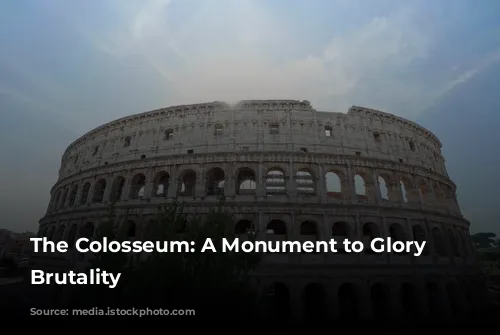
The Games of the Colosseum
The Colosseum was home to a wide array of spectacles, each with its own unique appeal. Venationes, hunts involving wild animals, were a popular attraction, showcasing the skill and courage of the hunters. Some events, like public executions, were brutal displays of Roman justice, leaving condemned criminals to the mercy of ferocious beasts. Others, like the “Silvae,” were less violent, offering elaborate scenery and a glimpse into the world of nature.
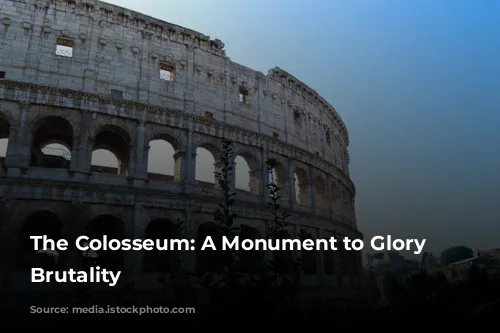
The Gladiators: Heroes of the Arena
The gladiators were the heart and soul of the Colosseum. These skilled warriors, often former prisoners of war or impoverished individuals seeking fame and fortune, captivated the crowd. They were welcomed as heroes, their exploits celebrated by fans, a foreshadowing of today’s sporting heroes.
Gladiators fought in various styles, each with its own unique weapon and fighting technique. The “Retiarius,” armed with a net, trident, and knife, faced off against heavily armored opponents. The crowd’s passion for these battles was a powerful force, and the fate of the gladiators rested in the hands of the emperor and the roar of the crowd.
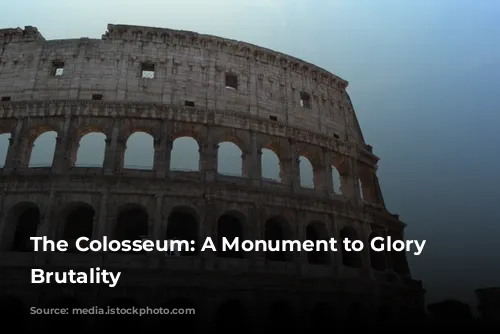
The Brutality of Spectacle
The Romans were a people who loved spectacles, even those we might find disturbing. The Colosseum’s events were a showcase of violence, a taste of the harsh realities of the ancient world. The smell of blood and burnt flesh permeated the air, a constant reminder of the brutality of the games. This spectacle, while thrilling, also offered a glimpse into the darker side of Roman culture.
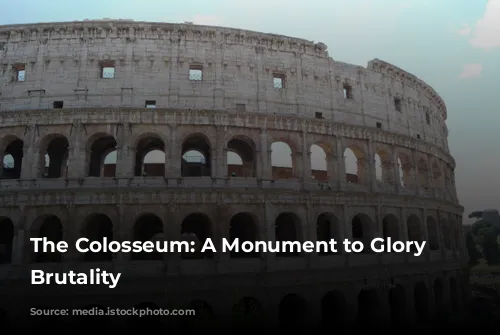
A Legacy of Ruin and Renewal
After the fall of the Roman Empire, the Colosseum fell into disuse, its walls providing shelter for various communities, from hermits to hospitals. Over time, it became a source of building materials, plundered for its stones, marble, and iron.
In the 18th century, the Colosseum found new life as a sacred monument, dedicated to the Passion of Christ by Pope Benedict XIV. This symbolic gesture marked a shift in its significance, transforming it from a symbol of Roman power to a reminder of Christian martyrdom. The Colosseum stands as a powerful testament to the enduring spirit of Rome, a city that has seen empires rise and fall, yet remains a beacon of history and culture.
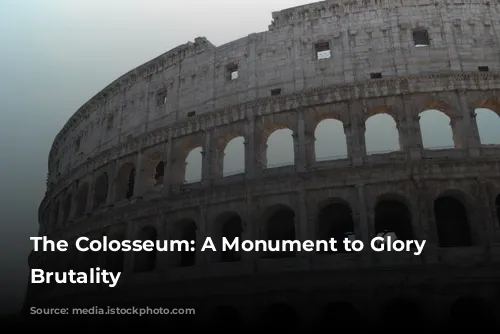
A Ghost of the Past
Visiting the Colosseum today is a journey through time. Standing within its crumbling walls, you can almost feel the echoes of the past, the roar of the crowds, the clash of swords, and the scent of blood. The Colosseum is a symbol of both grandeur and brutality, reminding us of the complexities of Roman society and the enduring power of history.
As Charles Dickens aptly wrote, seeing the Colosseum is like “seeing the ghost of old Rome floating over the places its people walk in.” It is a monument to the past, a reminder of the power and resilience of the Roman people, and a reminder of the cyclical nature of history.
